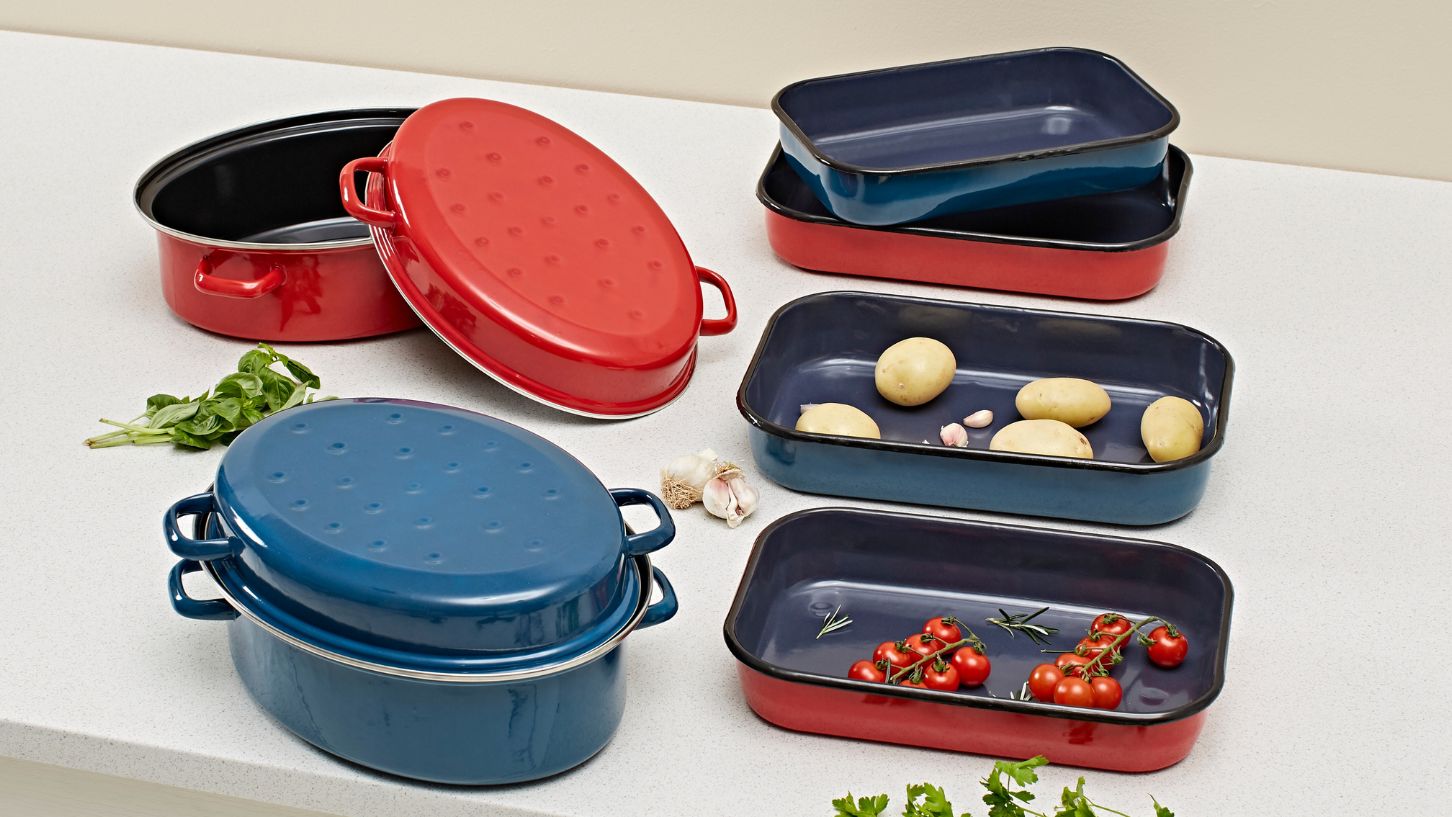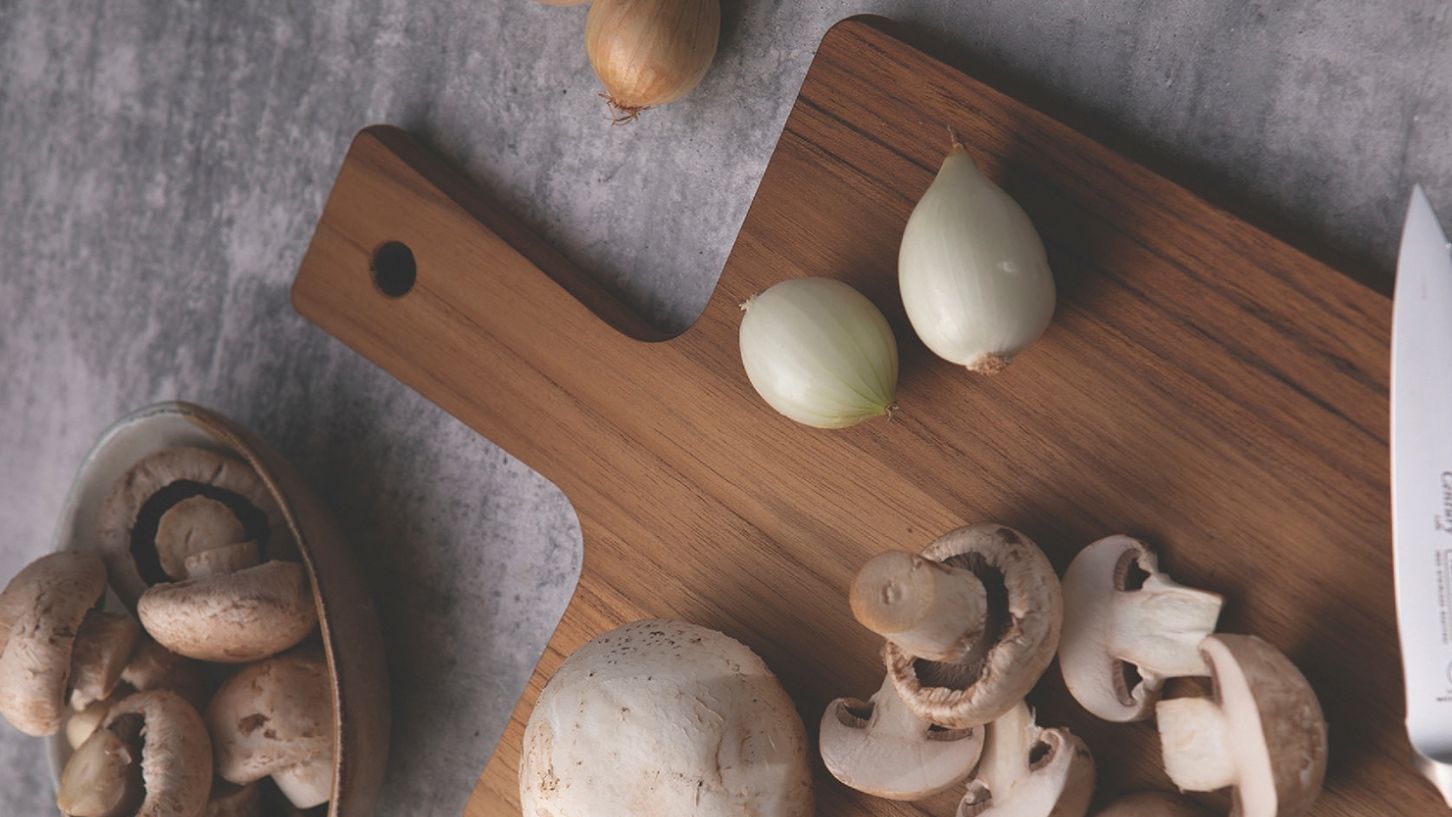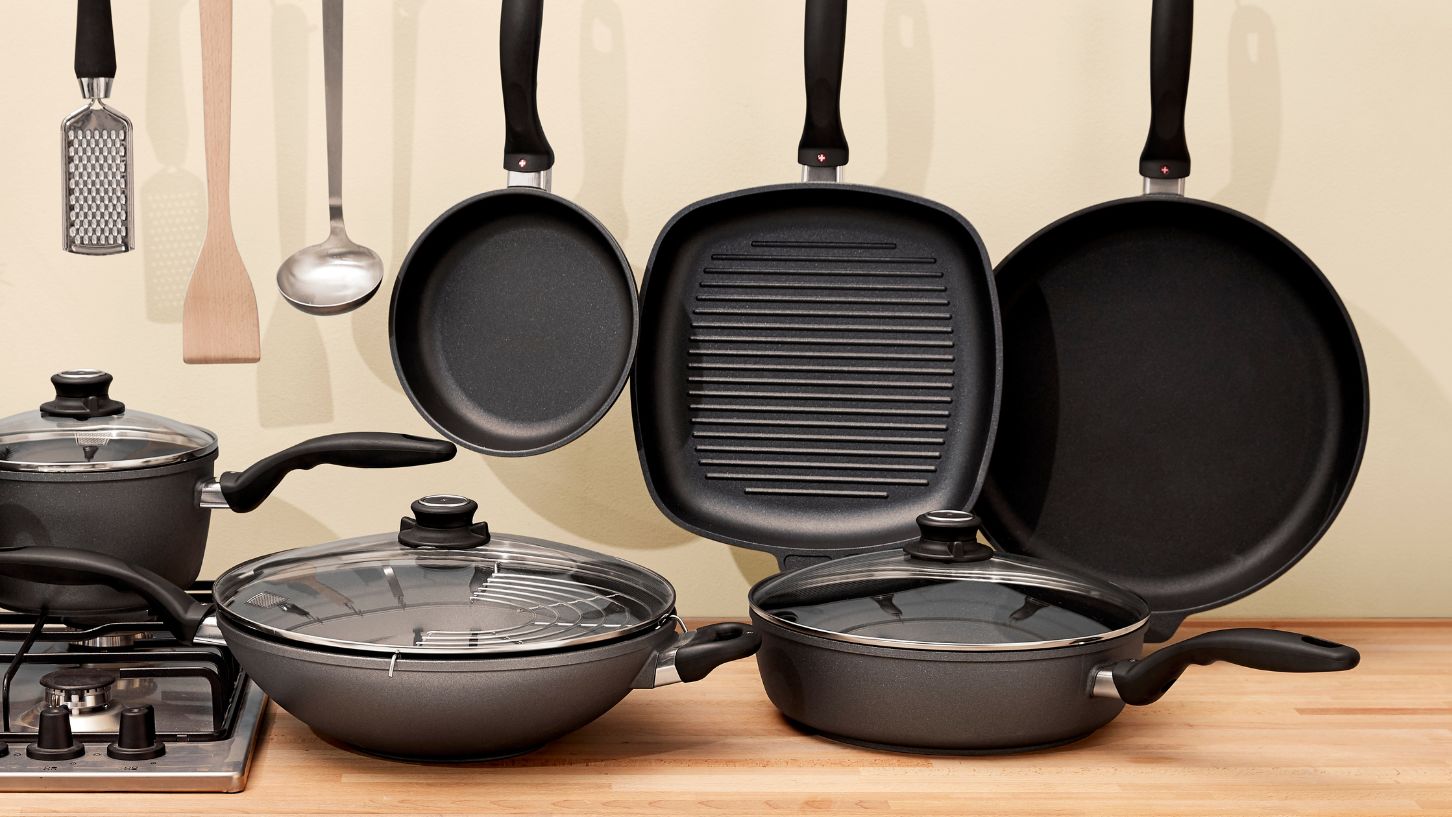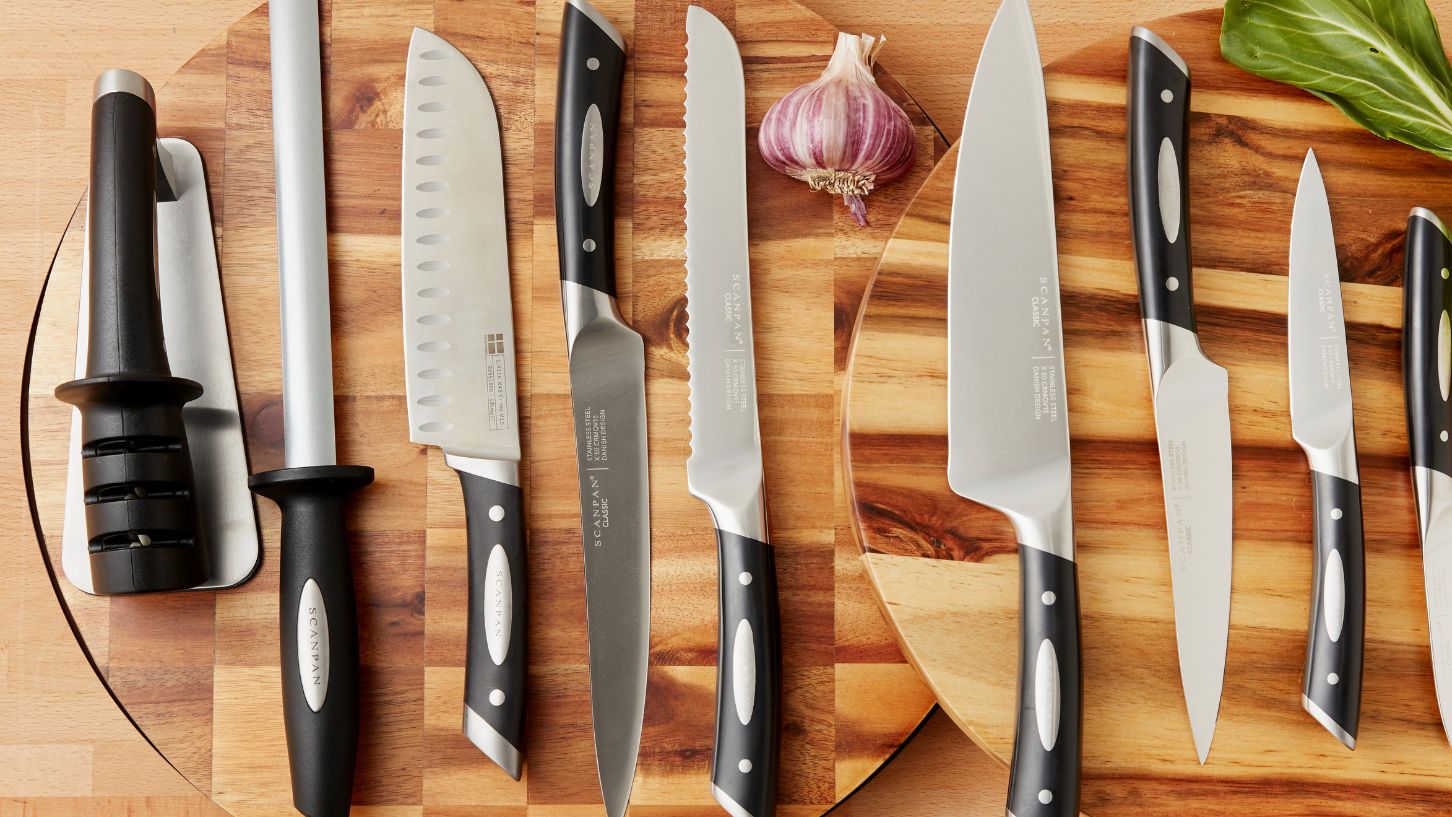| Your browser is not supported. | ||
|
Please browse our site using any of the following options:
| ||
How To Cook Roast Lamb Like A Professional

Whether entertaining guests at a dinner party or cooking a delicious roast lamb for the family, there is nothing worse than taking the roast lamb out of the oven and realising that it's either undercooked or overcooked. If you've already cut into the lamb, then the juices will have run out by the time you put it back into the oven, and there's no saving an overcooked piece of meat.
When it comes to how long to cook a lamb roast and what the ideal internal temperature should be while it's cooking in the oven, we've created a helpful guide on everything you need to know about how to cook the perfect lamb roast every time.
Quick Links:
- The Different Types Of Lamb Cuts
- What You Will Need
- How To Perfectly Season Roast Lamb
- How Long To Cook A Lamb Roast
- Let The Roast Lamb Rest
- Roast Lamb Cooking Tips
The Different Types Of Lamb Cuts
Before you place your roast lamb into the oven and start cooking, let's first get an understanding of what type of cut you are cooking with, as each cut of lamb will vary in cooking times and temperatures.
Rack of lamb
The rack of lamb is made up of the ribs and tender meat attached to them - individual ribs are chops, and a few of them together is a rack. They are often 'french roasted', where the ends of the bones are scraped clean, as it makes for a very visually-striking image when served. Two racks curved together and attached are known as a crown roast.
Leg of lamb
A popular roast meal for the whole family, the leg of lamb is a large cut that can be served with the bone in or out. It has a strong flavour and while it may have a fatty outside, the inside is quite lean and be overcooked if you're not careful.
Lamb shoulder
Another large cut that can serve many people, lamb shoulder is very flavourful and an ideal candidate for slow cooking or roasting.
Lamb loin
Lamb loin is commonly cut into chops and has a small bone much like a t-bone steak - great for eating with your hands! Like a beef t-bone, one side of the chop will be loin and the other fillet. The eye of loin is more commonly roasted as a whole long piece however, and is extremely tender.
Is boneless or bone-in better?
Removing bones can be tricky, but it will make the cut faster to cook and a lot easier to carve! However leaving the bone in imparts extra flavour into the meat as it cooks, and it means one lucky person gets it after dinner. If you are in a bit of a hurry and want a quick and yummy roast, take the bone out. If you want a visually-impressive and delicious lamb roast, then simply leave the bone in.
What You Will Need

Roaster
Ensure your roast lamb cooks evenly and thoroughly with a special roaster. More than just an oven tray, roasters often come with handy features that will help in the cooking process like an extra-deep base, insertable rack or handles.
Chopping board
Prepare your meat and any vegetables on a sturdy chopping board made of plastic, stone or wood. Choose a board capable of withstanding strong knife cuts and once that won't absorb any of the juices from your lamb.
Kitchen knife
Ensure you can cut clean slices of meat with the appropriate style knives. For a roast, a carving knife is essential for serving, but you may want to use a general chef's knife for your vegetables.
Baking tray
If you want to cook your vegetables separately you will need a suitable baking tray. Choose the appropriate size for the number of vegetables you will be roasting - you don't want them all squished together!
Other kitchen utensils
Other kitchen utensils you will need include tongs, a carving fork and, if you want to be precise, a meat thermometer.
How To Perfectly Season Roast Lamb

While lamb is incredibly flavourful on its own, you only need to add a little bit of seasoning to really make your roast shine! There are two main ways to season your roast lamb - either massaging a rub into the whole roast or cutting slits in the surface and stuffing your herbs in there.
While you can add your favourite herbs and sauces to a rub, a popular one for roast lamb includes garlic, rosemary, thyme, salt, pepper and olive oil. A little bit of dijon mustard is also a lovely addition if you like the flavour. Simply combine these ingredients in a small bowl and then massage over the lamb (fatty side up).
The other method involves cutting small slits into the top side of the lamb roast and then stuffing those slits with cut-up pieces of garlic, rosemary sprigs and thyme leaves.
If you want the best of both worlds, cut slits into the lamb, massage the whole rub over the lamb and then push it into the slits as well!
Can I use fresh herbs instead of dried herbs?
You certainly can! In fact, we recommend fresh herbs, as the freshness provides a stronger and more fragrant flavour than dried herbs. But if you only have access to dried herbs, don't worry - you will still get a mouth-watering dish either way.
What else can you season lamb with?
There are lots of other seasonings that go well with lamb. For other herbs, try oregano, mint, sage, paprika and coriander (but not all at the same time!). You can also use wholegrain and English mustard in your rub.
If you want to keep the roast simple and just use salt and pepper, be careful not to use too much salt, as it will dry out your lamb. If you're not sure how much seasoning is enough, always opt for under seasoning. You can always add more seasoning - but you can never remove it.
What is Herbes de Provence?
You may see the term 'Herbes de Provence' thrown around when people talk about roasting lamb. It is a mixture of various herbs that were common in the Provence region of France in the 1970s. It includes rosemary, thyme, oregano, basil, tarragon, marjoram and bay leaf, although there are many alternative recipes out there that add or subtract ingredients. It goes well with roast lamb and is an easy way to quickly add a delicious blend of suitable herbs to your meat!
How Long To Cook A Lamb Roast

How long you cook a roast will depend on the cut and weight of the meat. Here is a handy table for the cuts we mentioned above:
Lamb Cut | Oven Temp °C (not fan-forced) | Rare | Medium | Well Done |
Rack/crown roast | 220°C | 22 mins per 500g | 28 mins per 500g | 32 mins per 500g |
Leg & shoulder roast | 180°C | 19 mins per 500g | 26 mins per 500g | 30 mins per 500g |
Eye of loin roast | 220°C | 22 mins per 500g | 28 mins per 500g | 32 mins per 500g |
If you want to use a meat thermometer to check the internal temperature of your lamb, here are the temperatures you want to be aiming for:
- Rare - 60°C
- Medium rare - 60-65°C
- Medium - 65-70°C
- Medium well - 70°C
- Well done - 75°C
Cooking the perfect lamb roast
If you want an intense flavour, apply your chosen marinade the night before or on the morning of cooking so the flavours have plenty of time to infuse and penetrate the meat while in the fridge.
- Bring the lamb out of your fridge and let it rest for 15-30 mins until it is almost room temperature. Preheat your oven now.
- Trim any excess fat off and apply your marinade/herbs if you haven't already.
- Place the lamb in an appropriately-sized roaster and then slide it into your oven.
- As it cooks, you may like to baste the lamb by tilting the tray, collecting the sauce and spooning it back over the meat. Make sure to close the oven as you do this so it stays hot and baste as quickly as you can.
- If you have one, you can use a meat thermometer to see the temperature of the roast when it is about six minutes away from finishing, to check it is all good on the inside.
- When you take the roast out, cover it loosely with foil and let it rest for 15 minutes so all the lovely juices are absorbed back into the meat.
Let The Roast Lamb Rest
That last step is very important! While the smell of your delicious lamb roast might be driving you crazy, resist the urge to dig in as soon as it's out of the oven and let it rest under the foil. Cutting into your lamb immediately will cause all those yummy juices to pour out onto your chopping board, where they can't be enjoyed by anyone. So give the juices time to circulate back around the meat before you carve, and you'll be able to enjoy a juicy and tender roast every time!
Roast Lamb Cooking Tips
Roasting fattier lamb
A fattier cut of lamb should be roasted at a lower temperature and for longer. That will give the fat time to melt and allow the roast to cook in these lovely juices for a richer flavour.
Roasting leaner lamb
Leaner cuts of lamb should be cooked at a higher temperature for a shorter amount of time. This will let the outside get nice and brown without overcooking the middle and drying it out.
Cut against the grain

When serving, cut against the grain of the lamb for juicer pieces of meat. Against the grain means you are cutting the fibres of the meat in half, leading to a more tender piece of lamb. To achieve this, cut at a right-angle to the bone, or cut a small slice to check which way the grain of the meat is running - to cut across it, you want to be able to see the fibres running horizontally and then cut perpendicular to these lines.
Use a meat thermometer
When it is time to check on your roast lamb, resist the urge to slice into it to check if it is to your liking. The moment your knife slices into the meat, the juices will run out - taking all the flavour with it. Instead, simply pierce the lamb with a meat thermometer to check the roast lamb's internal temperature.
We hope your mouth is watering now, because ours certainly is! Enjoy preparing and cooking your delicious lamb roast, and bask in the compliments you'll receive from this exquisite meal. As you'll most likely be cooking some veggies as well, check out our guide on how to roast vegetables perfectly for the ultimate roast for your family and friends. And for more great cooking ideas, check out our food hub for loads of inspiration and helpful tips.